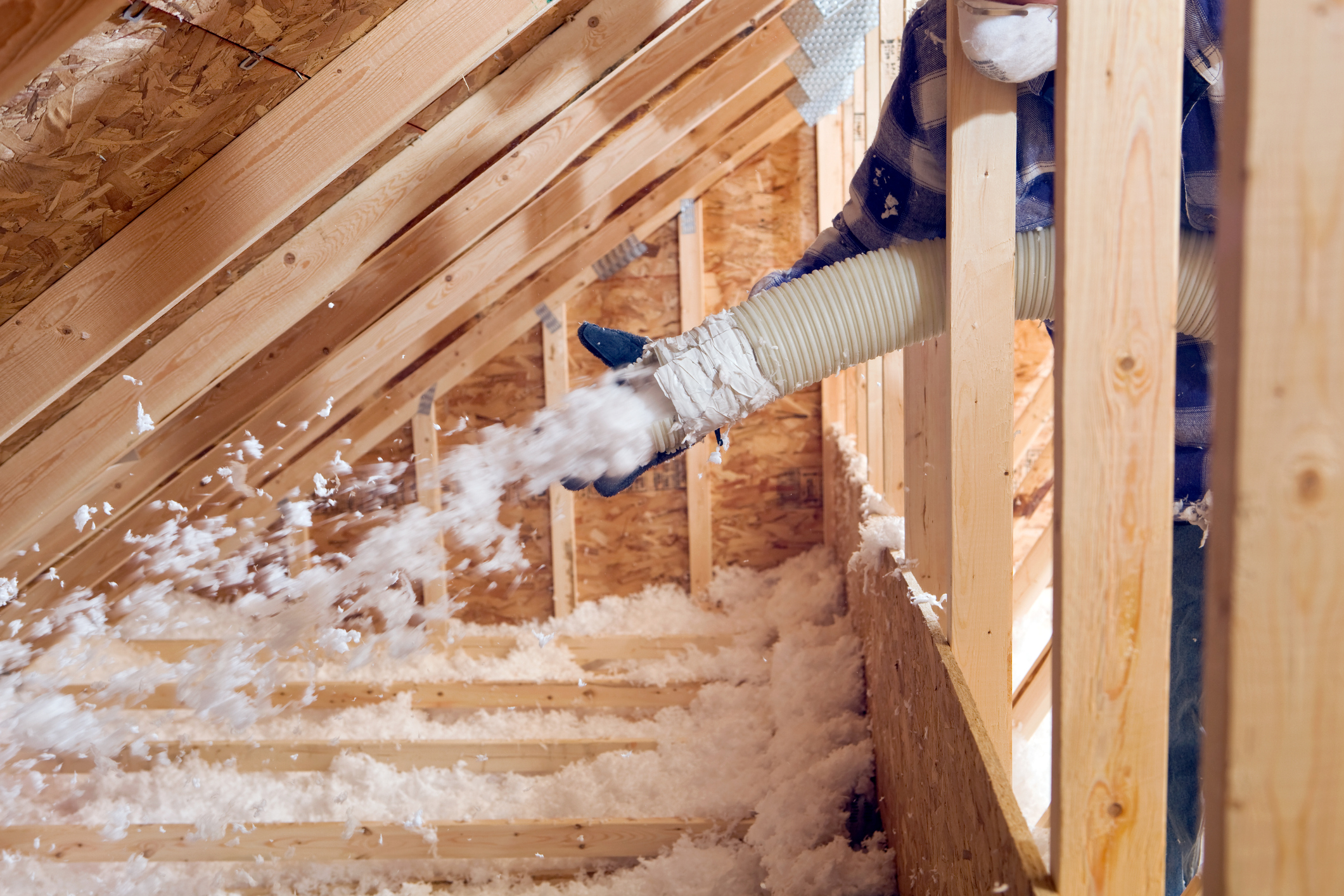
Now that spring is here, it’s a good time to think about your home’s insulation before you need air conditioning. Below are a few tips to increase your home’s energy efficiency.
- Do not block registers or air-return vents. A furnace needs adequate air flow to maintain a comfortable temperature in the home. Blocking an air vent with a sofa or entertainment center can reduce the air flow by 30 percent or more. This can have a significant impact on the way your system is operating.
- Check the R-value of your home’s insulation. An insulating material’s resistance to conductive heat flow is measured or rated in terms of its thermal resistance or R-value. The higher the R-value, the greater the insulating effectiveness. The R-value depends on the type of insulation, its thickness, and its density. The R-value of some insulation also depends on temperature, aging, and moisture accumulation. When calculating the R-value of a multilayered installation, add the R-values of the individual layers.
- Installing more insulation in your home increases the R-value and the resistance to heat flow. In general, increased insulation thickness will proportionally increase the R-value. However, as the installed thickness increases for loose-fill insulation, the settled density of the product increases due to compression of the insulation under its own weight. Because of this compression, loose-fill insulation R-value does not change proportionately with thickness. To determine how much insulation you need for your climate, consult a local insulation contractor.
- Insulated cellular shades can be a good choice if you are looking for significant energy savings from window coverings, as well as comfort, privacy, and increased home resale value. Insulated cellular shades are typically considered to have the highest R-values of all window coverings. The air pockets in the honeycomb cross-sections act as insulators, increasing the R-value and reducing the conduction of heat through the window.


